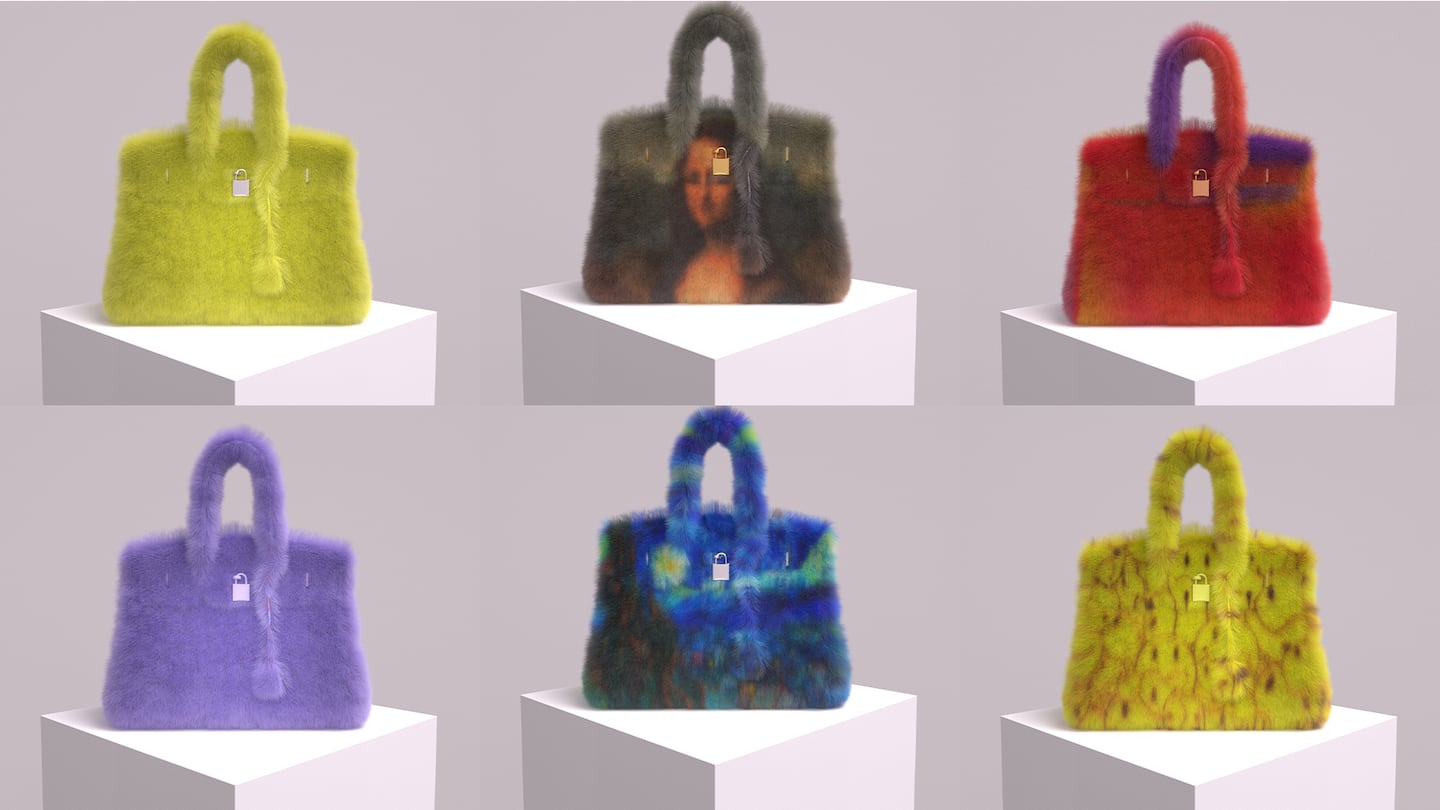
The Business of Fashion
Agenda-setting intelligence, analysis and advice for the global fashion community.

Agenda-setting intelligence, analysis and advice for the global fashion community.

In a one-page ruling on Dec. 30, US district judge Jed Rakoff shot down each side’s hopes of obtaining an immediate conclusion to the saga, with a trial set to commence on Jan. 30.
The French luxury house first sued Mason Rothschild over his NFTs depicting fuzzy and colourful digital renditions of its famed Birkin bag nearly a year ago. Since, the two sides have been battling in court in a high-stakes case whose outcome could shape how the law treats similar NFTs. Hermès claims the digital goods infringe its trademarks and dilute the Birkin name. Rothschild has countered that his NFTs are a form of art protected as free speech by the US Constitution.
Both sides moved for summary judgments, in which the court concludes there are no questions about the facts or law and decides the case based on the arguments made in the court papers submitted. In his ruling, however, Rakoff rejected the motions, saying the court would issue an opinion explaining the decision by Jan. 20.
Learn more:
ADVERTISEMENT
Why Hermès’ MetaBirkins Lawsuit Has High Stakes for Brands and Creators
The trademark battle over NFTs is set to establish important precedents in how the law treats digital assets, leaving IP attorneys eagerly watching.
The nature of livestream transactions makes it hard to identify and weed out counterfeits and fakes despite growth of new technologies aimed at detecting infringement.
The extraordinary expectations placed on the technology have set it up for the inevitable comedown. But that’s when the real work of seeing whether it can be truly transformative begins.
Successful social media acquisitions require keeping both talent and technology in place. Neither is likely to happen in a deal for the Chinese app, writes Dave Lee.
TikTok’s first time sponsoring the glitzy event comes just as the US effectively deemed the company a national security threat under its current ownership, raising complications for Condé Nast and the gala’s other organisers.